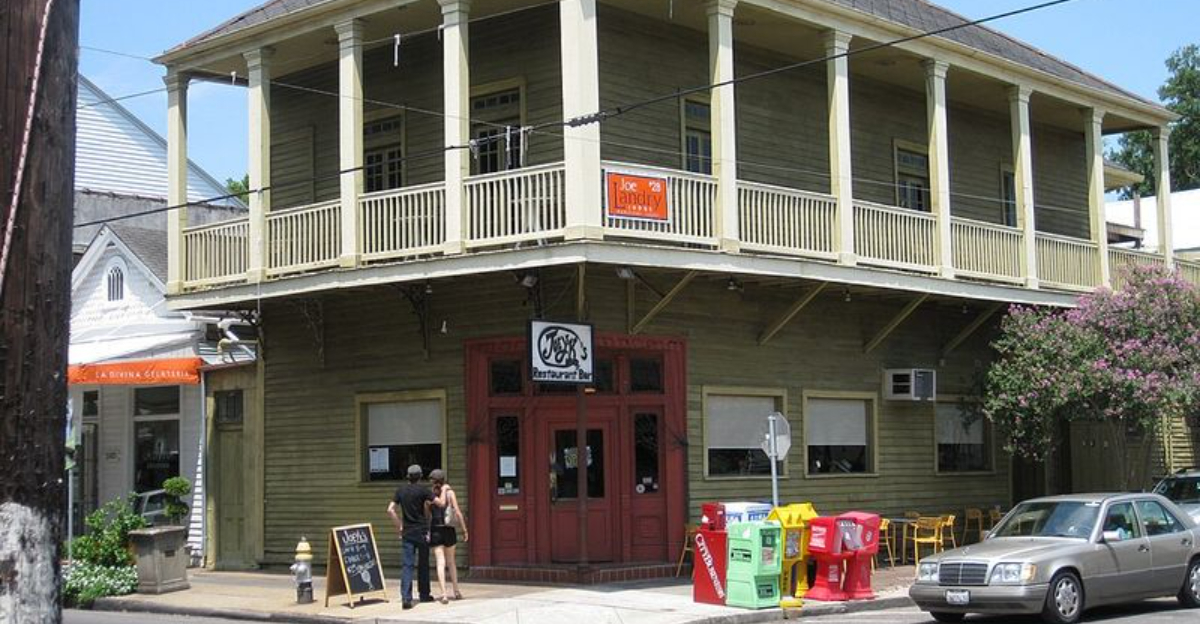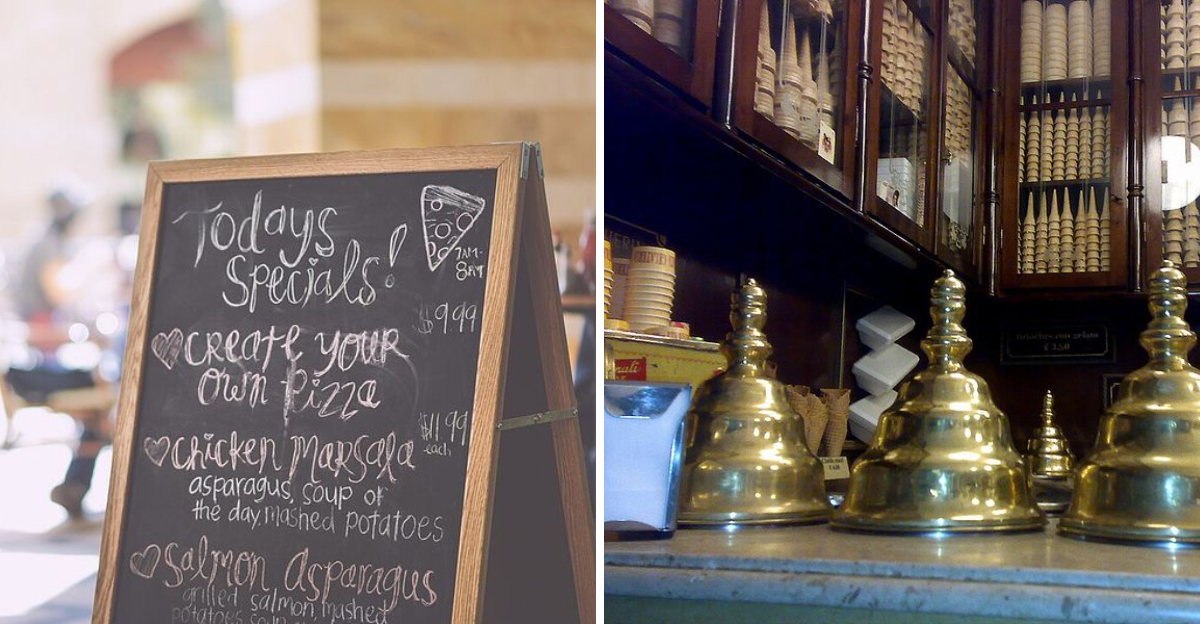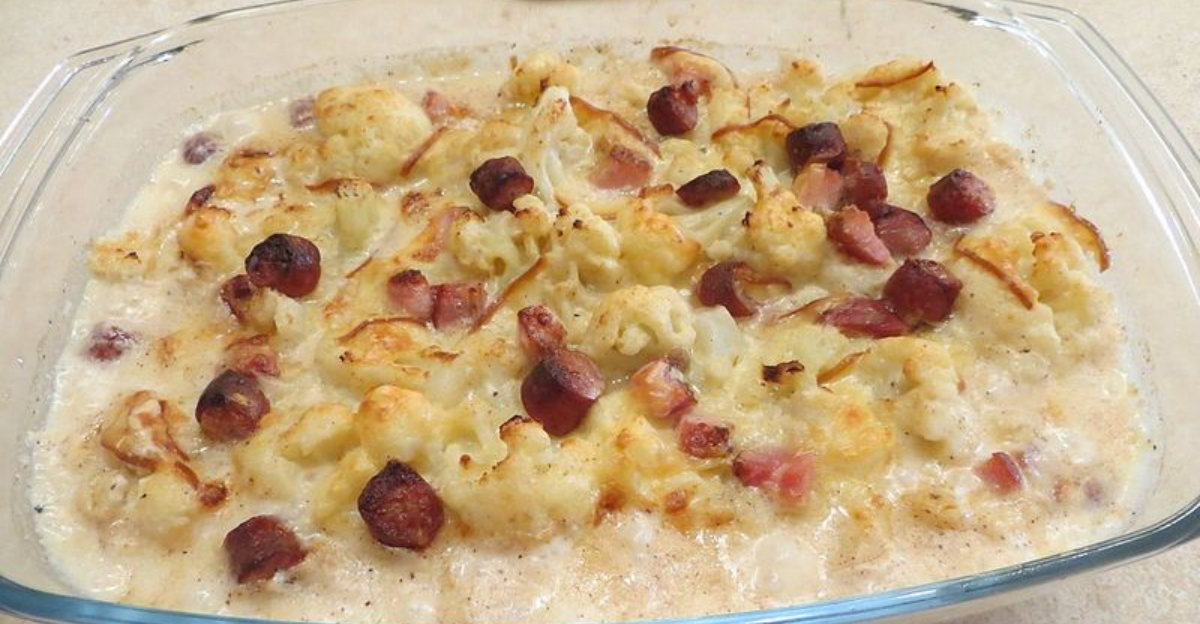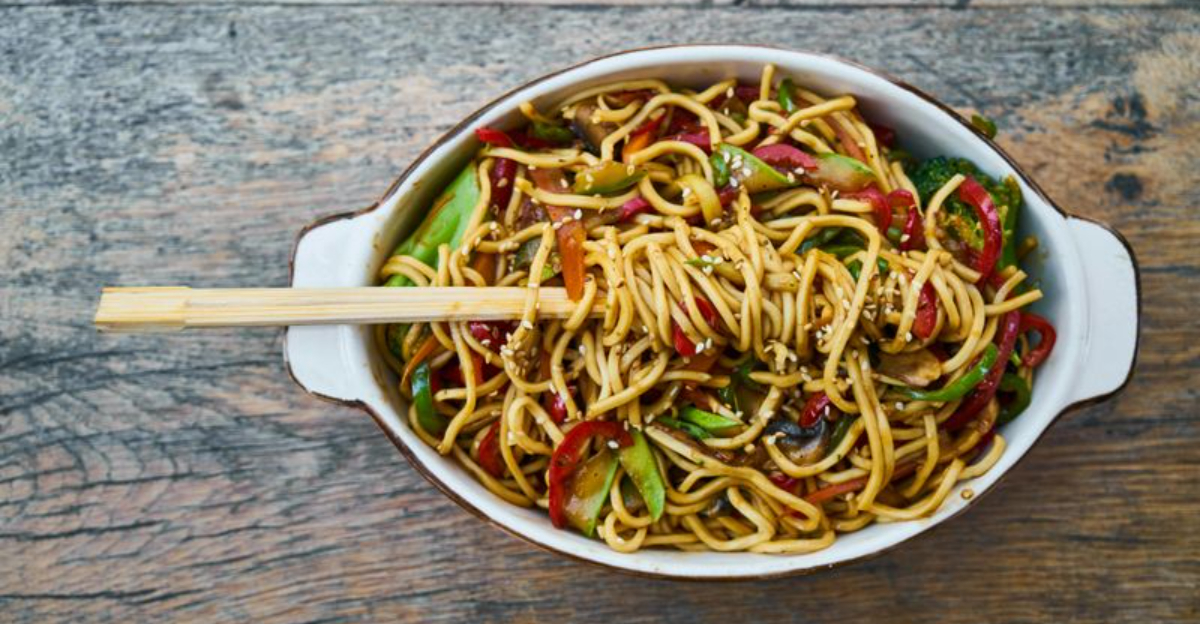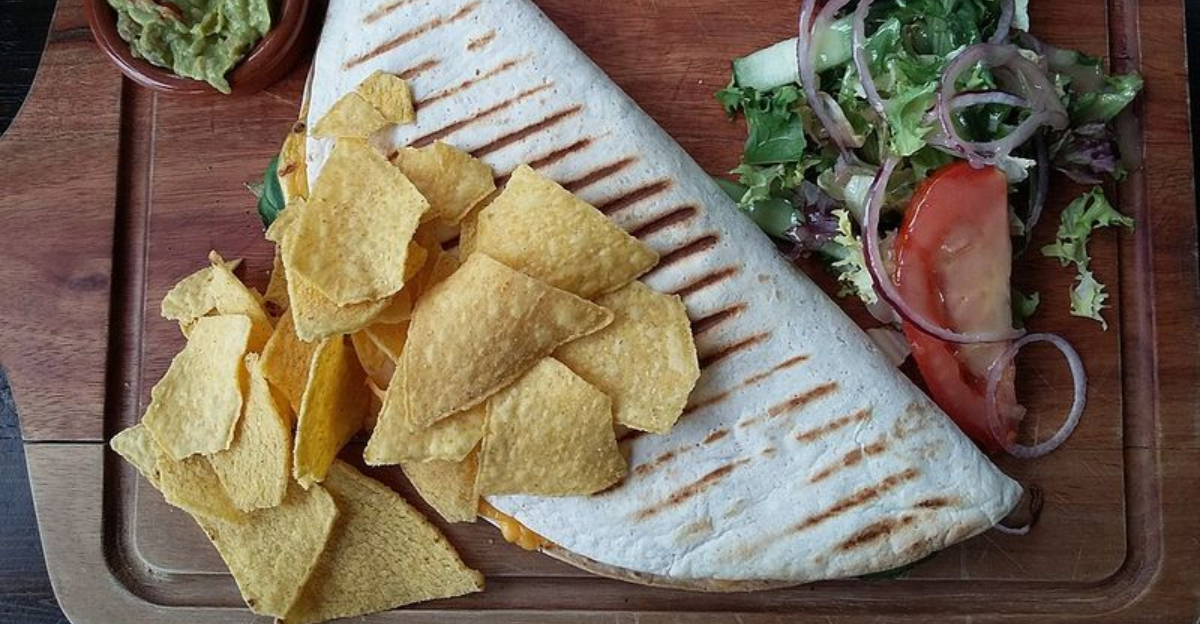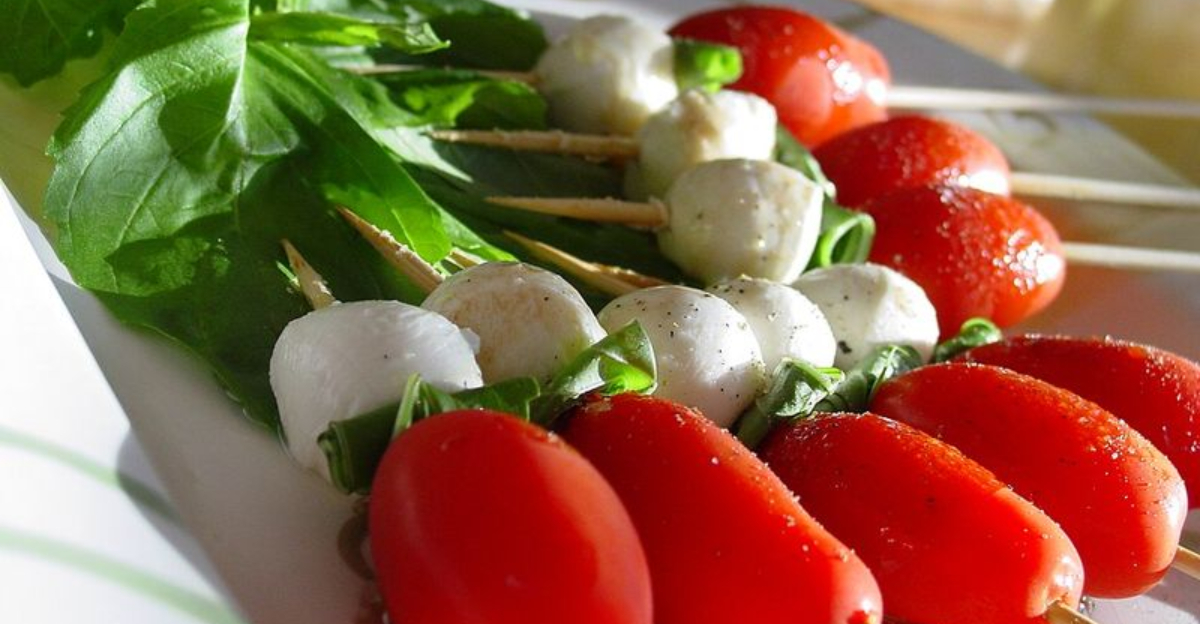The Humble Origins Of Cowboy Bread And Its Trail-Riding Roots
Cowboys rode for months across dusty plains with only a campfire glow and a trusty cast-iron skillet to rely on. Fresh bread became their lifeline, rising with the smoky scent of burning wood and baking under open skies crowded with stars.
Simple ingredients turned into trail comfort, feeding tired riders and lifting spirits on long, lonely stretches of the frontier. Here come eight iconic breads that helped shape life in the Wild West and still carry that rugged, old-world charm.
Disclaimer: This article offers general historical and culinary information about traditional breads associated with frontier life and campfire cooking. Descriptions are simplified for readability and may reflect broad interpretations of regional food traditions rather than exact historical accounts. Recipes, preparation methods, and cultural origins can vary across communities and time periods. Readers interested in authentic preparation or detailed historical documentation should consult updated culinary resources or local experts. This content is intended for informational purposes only and should not be taken as professional historical guidance.
Pan De Campo: Texas Camp Bread Magic
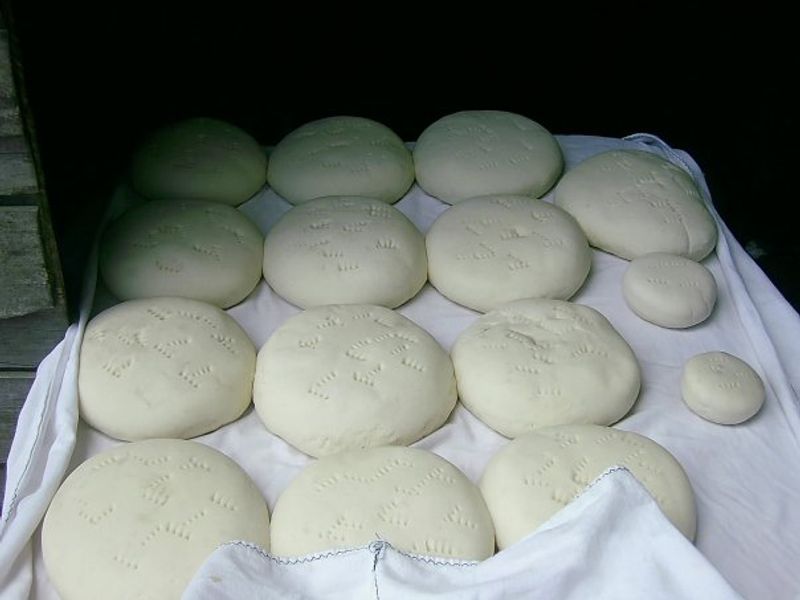
Ranchers in South Texas perfected this fluffy bread centuries ago, mixing flour, baking powder, salt, and lard right in the campo (field). Cooked in a Dutch oven buried under hot coals, it rose like a cloud and fed entire crews.
Families still gather around campfires to make pan de campo during rodeos and reunions. The smell alone could wake a sleeping rider from a mile away, just saying!
Sourdough: The Frontier’s Living Dough

Gold miners and trail riders carried sourdough starter like treasure, nurturing wild yeast cultures for months. This tangy bread required patience but rewarded cowboys with hearty, long-lasting loaves that wouldn’t spoil quickly.
Prospectors even slept with their starter jars to keep the yeast alive during freezing nights. Talk about commitment to carbs! Sourdough became a symbol of resilience across the rugged frontier.
Hardtack: The Indestructible Trail Biscuit
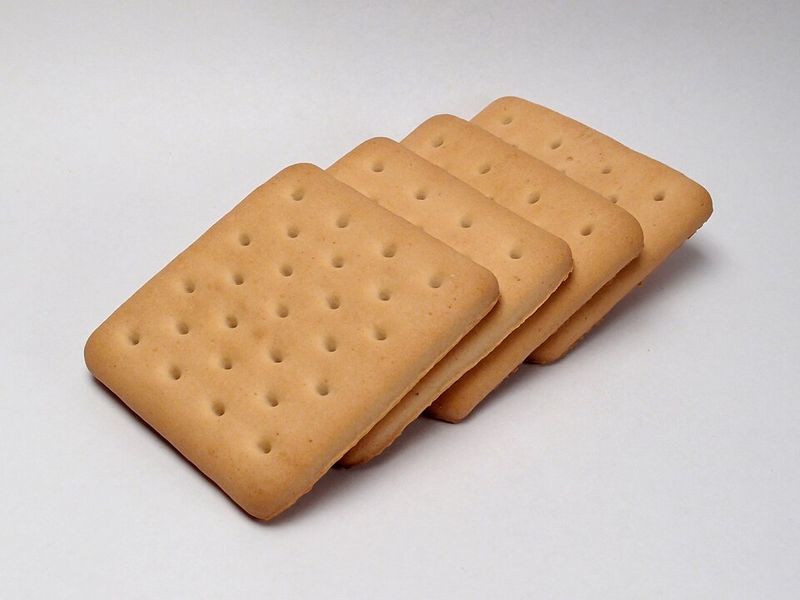
Imagine biting into something harder than your saddle. Hardtack was flour, water, and salt baked until bone-dry, lasting months without spoiling.
Cowboys dunked these rock-solid biscuits in coffee or stew to soften them up. Though not winning any flavor contests, hardtack kept bellies full when fresh food vanished. Soldiers and sailors relied on this survival staple too, proving simple beats fancy on long journeys.
Bannock: The Griddle Hero Of The Plains

Scottish fur traders introduced bannock to North America, and cowboys quickly adopted this quick-cooking flatbread. Mixed with minimal ingredients and fried on a hot griddle, it saved time when herds needed moving fast.
Indigenous peoples had similar breads, creating a beautiful culinary crossroads. Bannock could be sweet or savory, making breakfast or dinner equally delicious under open skies.
Skillet Cornbread: Cast-Iron Perfection
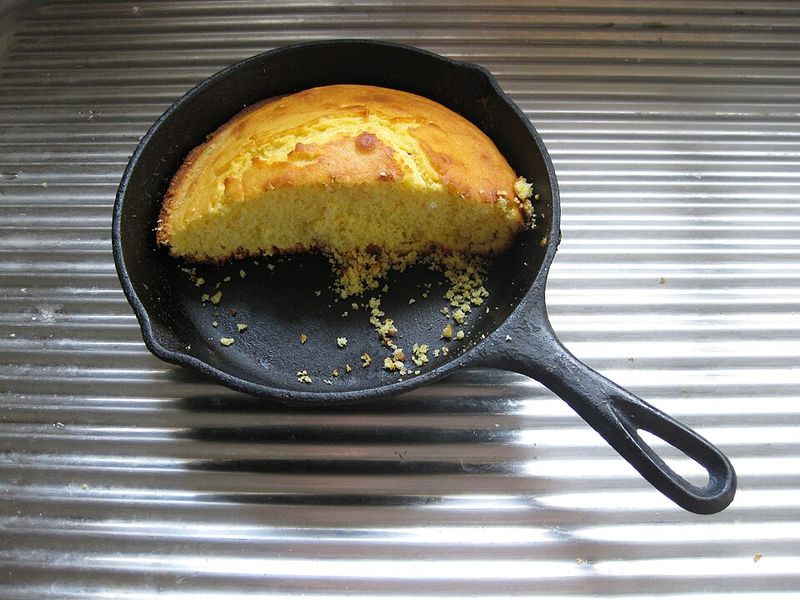
Cornmeal was cheaper than wheat flour, making cornbread a cowboy staple across the Southwest. Poured into sizzling cast-iron skillets, it developed crispy edges and tender centers that melted butter like magic.
Ranch cooks competed over whose cornbread recipe reigned supreme. Some added honey or bacon drippings for extra flavor. However you sliced it, cornbread meant comfort after grueling days.
Ash Cake: Bread Born From Fire
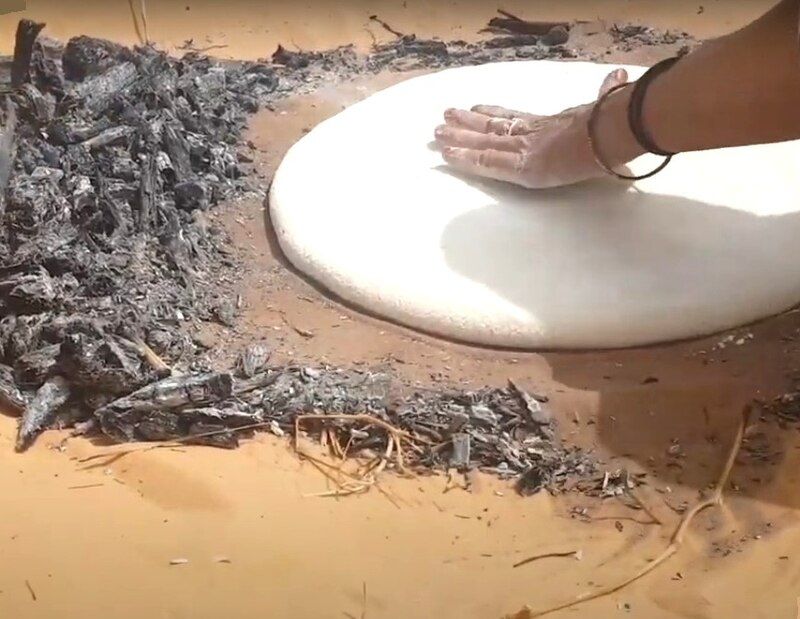
When supplies ran desperately low, cowboys mixed cornmeal with water and shaped it into flat cakes. These went straight into hot ashes, no pan required!
After brushing off the ash, riders had warm bread in minutes. Though gritty and primitive, ash cakes proved that hunger sparks creativity. Native American tribes used similar techniques for generations, sharing survival wisdom with frontier travelers.
Damper: Australia’s Campfire Gift To Cowboys
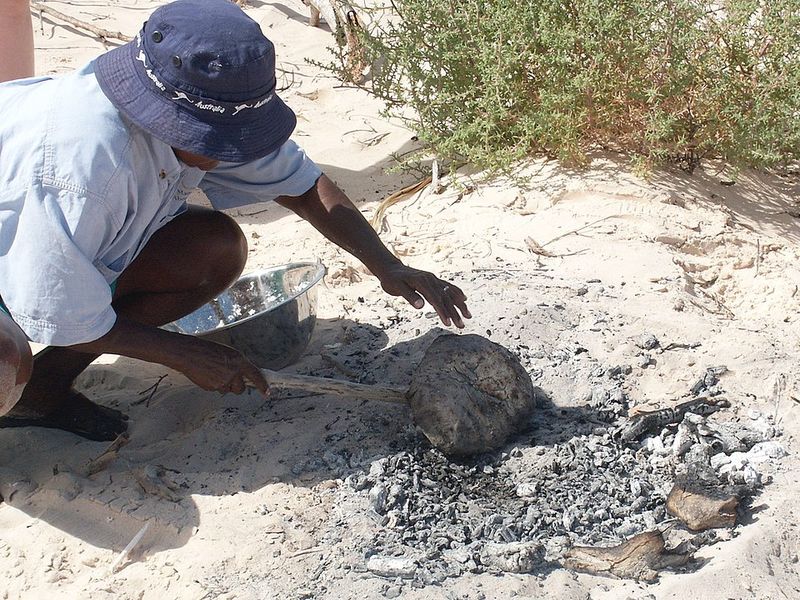
Australian stockmen created damper by wrapping dough around sticks or burying it in coals. American cowboys borrowed this brilliant technique during long cattle drives.
The bread baked slowly, developing a smoky crust while staying soft inside. Kids today still make damper at campsites, continuing a tradition that spans continents. Share this recipe at your next bonfire and taste history!
Johnnycake: The Journey Bread That Traveled Far
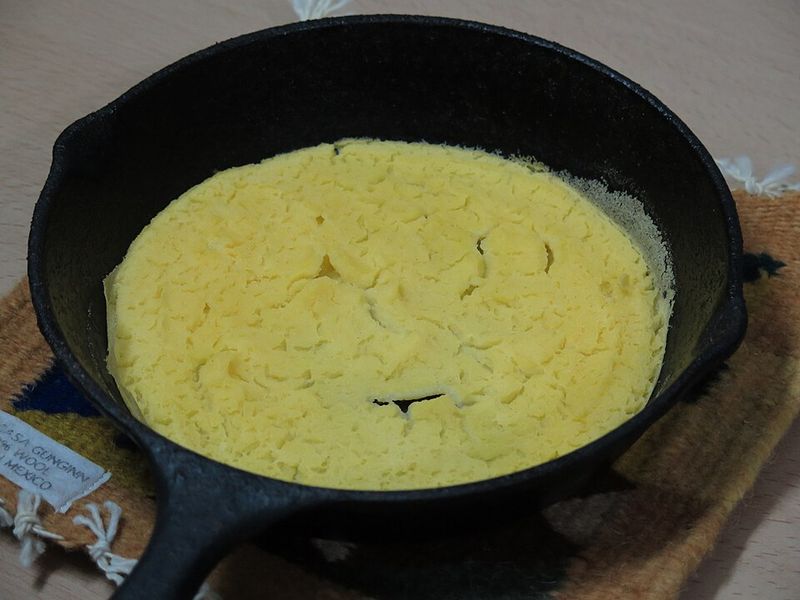
Legend says johnnycake got its name from journey cake because travelers packed it for long trips. Made from cornmeal, this flat, pancake-like bread cooked fast on any hot surface.
New England colonists ate johnnycakes for breakfast, and cowboys carried the tradition westward. Simple ingredients created big flavor, proving you don’t need fancy recipes to satisfy hungry riders chasing horizons.

